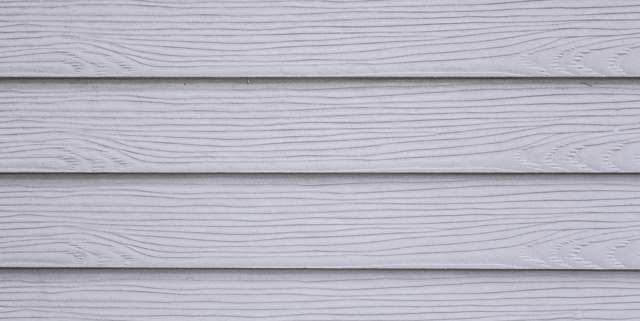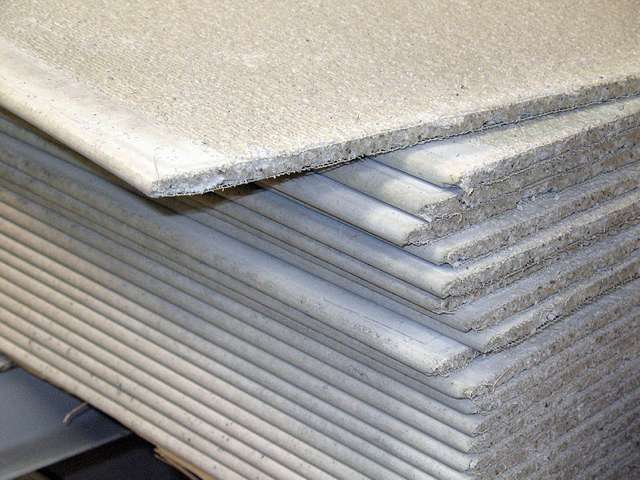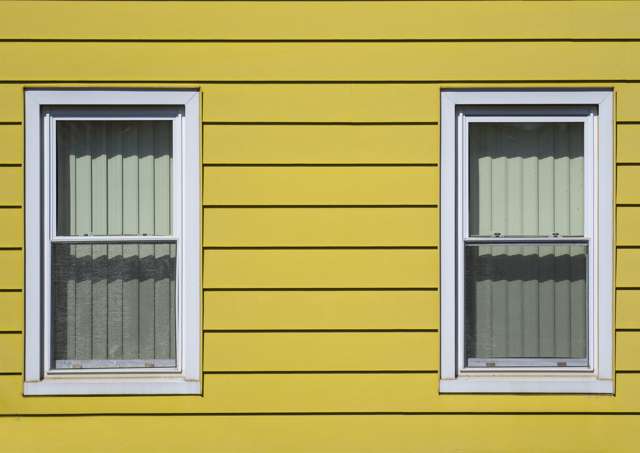
Appropriate color measurement tests can help you create fiber cement siding that is as beautiful as it is durable. Image Source: Shutterstock user Kiattisak Thongtawee
Fiber cement siding—a sturdy combination of wood pulp, fly ash, portland cement, and water—was first introduced in the construction industry just 25 years ago.1 Since then, it’s become one of the most popular materials that architects use for their projects. Almost 15 percent of all new homes have fiber cement siding, in part because this material is so durable and versatile. Although this material can be made to look just like brick, stone, or wood siding, it is actually far stronger than wood or vinyl materials, and less expensive to make than brick or stone. Quality fiber cement siding is fire resistant, termite-proof, rot-proof, and can withstand extreme weather conditions like heavy rain, strong winds or fluctuations in temperature.
But in order to achieve both the durability and beauty of fiber cement siding, manufacturers have to use appropriate color measurement methods at different points in the manufacturing process. Siding color is often the first thing that visitors notice when they look at a house, which is why it’s so important to test for color accuracy before you sell your products to customers. Even subtle inconsistencies in color could make fiber cement siding appear cheaply-made or weather-worn, and will negatively impact the overall appearance of the house. By using spectrophotometric color measurement during manufacturing, you can ensure that every piece of fiber cement siding meets your exacting standards and that your final product will appear beautifully-crafted.

Unpainted fiber cement siding is usually light grey in color. Image Source: Wikimedia user Michael Holley



